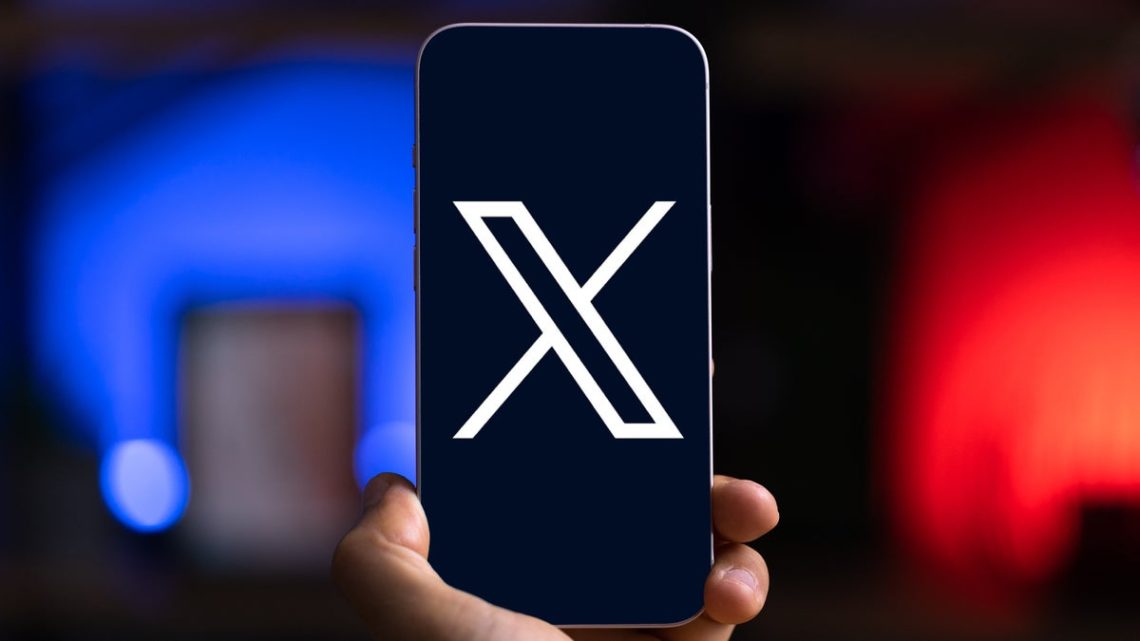
Elon Musk Completes Twitter’s Transformation to X.com, Envisions a Super-App
May 27, 2024 Off By Sharp MediaThe social media platform formerly known as Twitter has now fully transitioned to X.com, marking a significant milestone in Elon Musk’s ambitious rebranding effort. The billionaire entrepreneur, who heads Tesla, SpaceX, and several other ventures, acquired Twitter for $44 billion in late 2022. Since announcing the rebrand to X last July, Musk has gradually overhauled the platform’s identity, culminating in the complete migration to the new domain as of Friday.
Elon Musk confirmed the transition on the platform now known as X, sharing an image of a white X on a blue circle. “All core systems are now on X.com,” he stated, signaling the end of Twitter as the world knew it. Users who navigated to Twitter.com were automatically redirected to X.com, although some browsers still displayed the original domain name.
Musk’s affinity for the letter X in his branding efforts dates back to 1999, with his creation of an online financial service named X.com. This motif has carried through his various business ventures, including the establishment of X Corp, the entity through which he finalized the Twitter acquisition. Musk’s vision for X is to evolve it into a super-app akin to China’s WeChat, which integrates messaging, voice and video calling, social media, mobile payments, games, news, and other services into a single platform.
In line with this vision, Musk has introduced new features to X, including “Grok,” an AI chatbot that recently launched in Europe. These enhancements are part of his broader strategy to expand X’s functionality and user engagement.
However, Musk’s tenure as the leader of X has not been without controversy. His decision to lay off thousands of employees and the subsequent technical challenges faced by the platform have drawn criticism. Moreover, his move to reinstate accounts of right-wing conspiracy theorists, including former US President Donald Trump, has sparked significant debate. These actions have raised concerns about content moderation and the spread of misinformation on the platform.
European regulators have taken notice, launching investigations into X and other social media platforms to address these concerns. The European Union recently demanded an explanation for X’s reduction in content moderation staff, setting a deadline for compliance. This scrutiny highlights the ongoing tension between Musk’s vision for the platform and regulatory expectations.
Despite these challenges, Musk remains focused on transforming X into a multifunctional hub that goes beyond traditional social networking. His goal is to create a platform that seamlessly integrates various digital services, much like WeChat, which has become an indispensable tool in China for communication, commerce, and daily life.
The full migration to X.com represents a significant step in this transformation. As Musk continues to innovate and expand the platform’s capabilities, the world will be watching closely to see how X evolves and whether it can achieve the super-app status that Musk envisions. This transition also poses questions about the future of social media and the balance between innovation, user experience, and regulatory compliance in the digital age.

